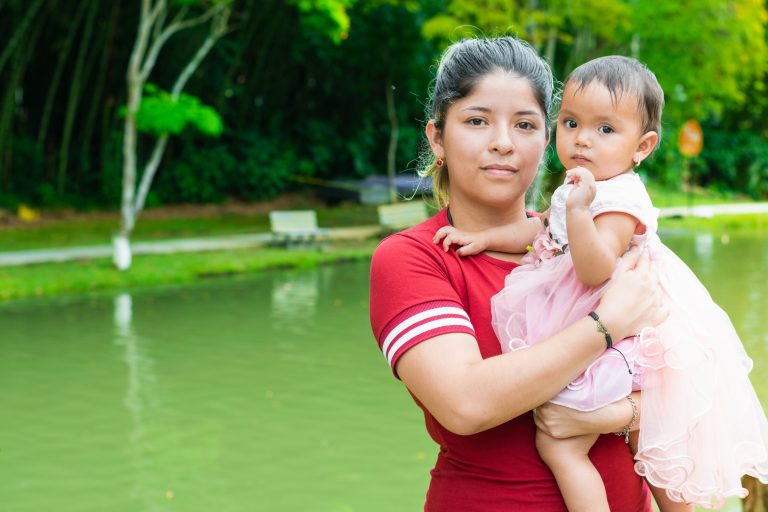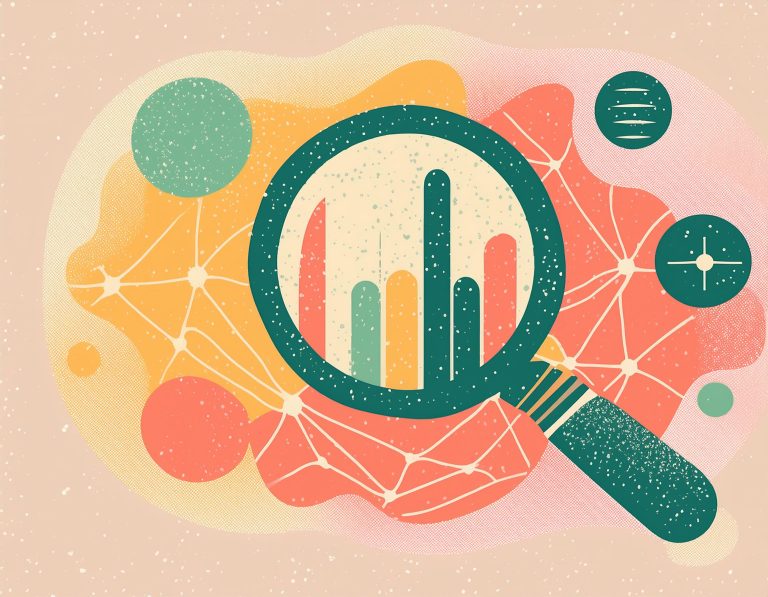Neglected Tropical Diseases (NTDs) are a diverse group of 20 ancient diseases that primarily affect impoverished populations in tropical regions, impacting nearly 2 billion people worldwide. Despite having low mortality, these diseases are chronic conditions that can lead to disability and disfigurement, often resulting in social stigma and discrimination. Among those affected, women bear a disproportionate burden due to a complex interplay of gender roles and biological factors.
Women at the Crossroads of Culture, Socioeconomic Structures and Disease
NTDs affect women differently in terms of exposure to the disease, stigma, and access to treatment due to their assigned place in society. In some countries, women are more exposed to NTDs than men because they are in charge of tasks such as cooking, cleaning, washing clothes, and fetching water, which exposes them to waterborne NTDs. They are also obliged to care for ill children and other family members, thereby exposing themselves to diseases like trachoma that can be directly transmitted from person to person.
Women also face higher stigmatization and less support than men. They are often abandoned or neglected by their husbands, forced to stop interacting with their children, and, if single, deemed unfit for marriage. Due to the fear of stigmatization, the lack of approval from their husbands to seek help, and the fact that they have a low income –or no income at all, they take longer to be diagnosed and receive treatment, and they have less adherence to it. Furthermore, those with genital lesions are often accused of promiscuity since people mistake them for sexually transmitted diseases.
While men also face social challenges when contracting these diseases, particularly in their ability to work, it has been found that they are treated with more compassion by their partners and are overall less excluded from society.
Biological Factors Intensify NTD Challenges for Women
To add to the already heavy burden that NTDs have for women, many of these diseases have some sex-related complications that affect the female reproductive system.
Pregnant women are at a higher risk of anemia caused by hookworms (which in turn is related to adverse pregnancy outcomes), and those with Chagas disease have no safe available treatment because the drugs nifurtimox and benznidazole, used to treat this disease, are too toxic. Women with lymphatic filariasis are at risk of having an ectopic pregnancy. On the other hand, women with schistosomiasis are at risk of developing female genital schistosomiasis, which causes genital bleeding, pain during intercourse, and even infertility.
Recommendations
To address the differentiated ways in which NTDs affect women, experts recommend policymakers, funders, implementers, and researchers to:
- Adopt a Gender Equity Lens: It helps identify gender-specific NTD exposures, socioeconomic disparities, and other gender dynamics that hinder the successful delivery of NTD programs.
- Collect Sex-Disaggregated Data: Data on NTD prevalence, treatments, and outcomes will aid in identifying and addressing barriers and opportunities for diverse groups to access NTD prevention and treatment services.
- Establish Targeted Initiatives: Awareness campaigns and health promotions concerning NTDs should be established. These initiatives would aim to facilitate early disease treatment and prevention of lifelong disabilities for both genders and promote women’s autonomy to seek healthcare.
- Expand Jobs for Women in the NTD Workforce (without exposing them to heightened risks or exploitation): increase opportunities for women with prior work experience with the diseases and capacitate those in the health workforce. Opportunities for engagement in community-based services such as drug distribution would also have a positive effect. These individuals already have a strong understanding of the social dynamics, are trusted in the community, and have knowledge and access to remote areas lacking health facilities.
- Address Gender-related Stigma and Mental Health Impacts of NTDs: management of mental health should be present in health systems and services. There must be awareness of social stigma among health professionals.
- Promote Intersectoral Working: this can help secure funding and create interventions that consider the environmental and socioeconomic determinants of health.
Conclusion
The burden of NTDs on women evidences the urgent need for a gender-sensitive approach. This approach is indispensable for creating effective interventions that reduce the incidence and mortality of these diseases and is also a prerequisite for advancing toward gender equity and social justice. Being a woman shouldn’t be equated to living with a bigger burden when sick, and low and middle-income countries shouldn’t have to struggle against ancient diseases, some of which were previously present in rich countries but are currently mostly or completely eradicated.
Bibliography
- Addressing neglected tropical diseases in Africa: A gender perspective
- A call to action for universal health coverage: Why we need to address gender inequities in the neglected tropical diseases community
- Forgotten People, Forgotten Diseases: The Neglected Tropical Diseases and Their Impact on Global Health and Development
- Gender and leprosy-related stigma in endemic areas: A systematic review
- Health-related stigma among women with lymphatic filariasis from the Dominican Republic and Ghana
- Stigma and the Social Burden of Neglected Tropical Diseases
- The Impact of Neglected Tropical Diseases (NTDs) on Women’s Health and Wellbeing in Sub-Saharan Africa (SSA): A Case Study of Keny







